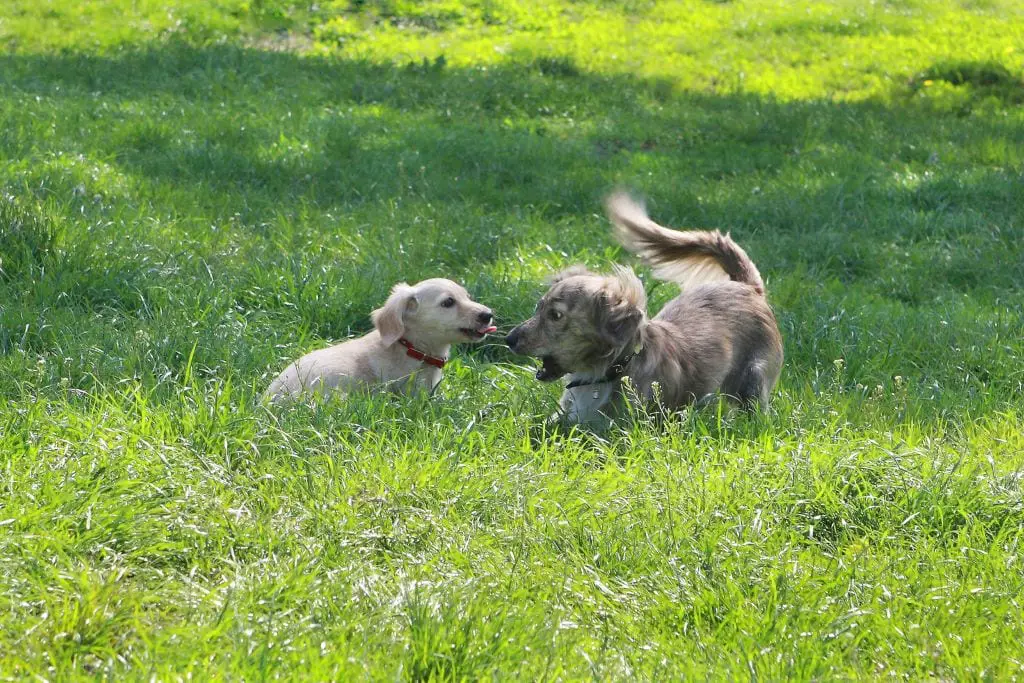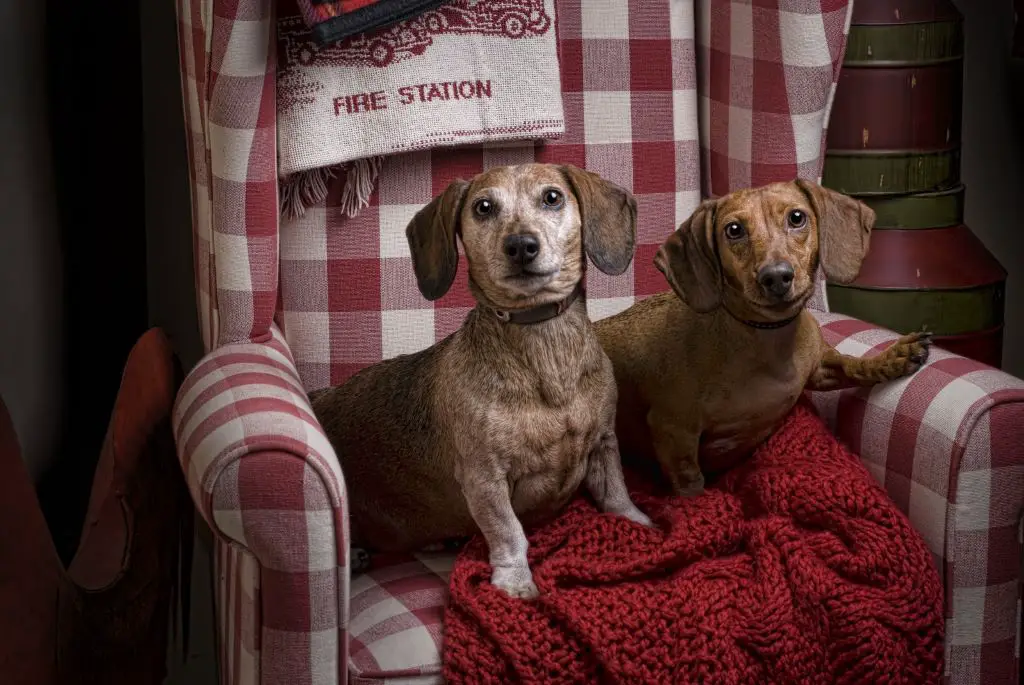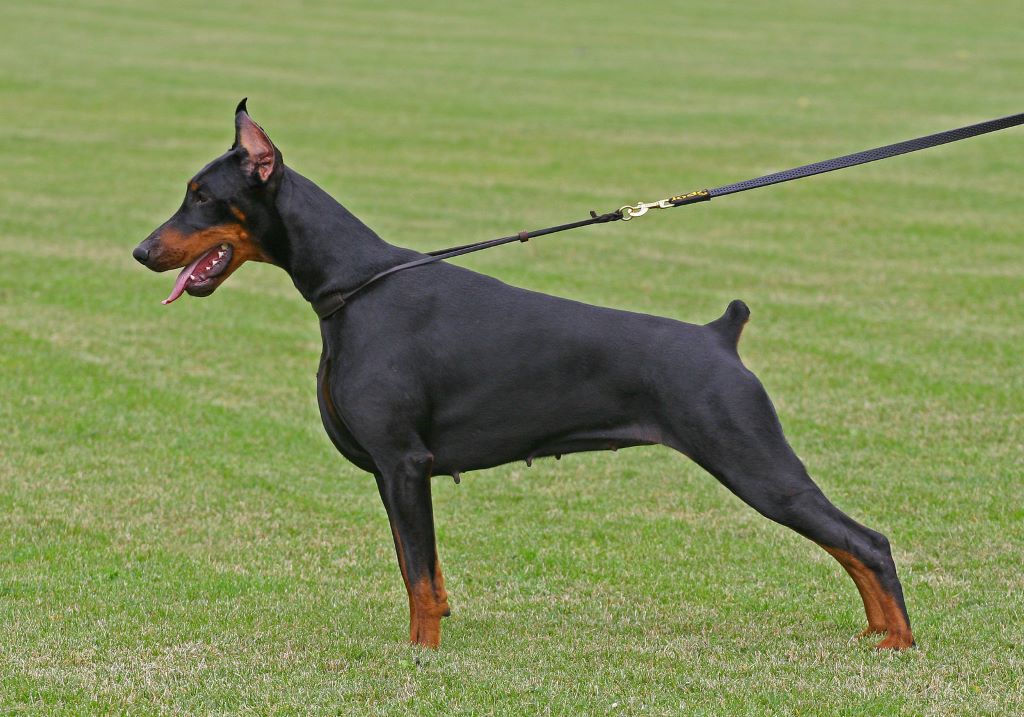Warning: Trying to access array offset on value of type bool in /home/u778996160/domains/dachshundtalk.com/public_html/wp-content/plugins/wp-word-count/public/class-wpwc-public.php on line 123
Warning: Trying to access array offset on value of type bool in /home/u778996160/domains/dachshundtalk.com/public_html/wp-content/plugins/wp-word-count/public/class-wpwc-public.php on line 123
Dachshunds, with their distinctive elongated shape, have charmed their way into the hearts of dog lovers worldwide. Originally from Germany and bred for their hunting prowess, these delightful dogs are now cherished family members in many homes. However, a common query that arises among potential dachshund owners is: “Will two female dachshunds get along?”
This question isn’t just about the breed but delves into the intricate world of canine behavior, temperament, and compatibility. As we explore this topic, we’ll uncover the nuances of having two female dachshunds cohabiting, shedding light on the challenges and joys it can bring.
The Dynamics of Dachshunds in Pairs

Benefits of Keeping Dachshunds in Pairs
Emotional Support and Companionship:
Dachshunds, like many other breeds, thrive on companionship. When paired, they often form close bonds, providing each other with emotional support, especially during times when their human companions might be away. This mutual companionship can reduce feelings of loneliness and anxiety that some dogs experience.
Play and Exercise Together:
Having a playmate of the same breed can be beneficial for dachshunds. Their playful nature and energy levels match, allowing them to engage in games and activities that cater to their specific needs. This not only ensures they get adequate exercise but also helps in burning off excess energy, leading to a calmer household environment.
Shared Learning and Behavior Mimicry:
Dogs often learn by observing. When one dachshund picks up a positive behavior or trick, the other is likely to mimic it, making training sessions more effective. Similarly, housebreaking or crate training one can indirectly influence the other, making the overall process smoother.
Challenges of Having Two Female Dachshunds
Dominance and Territorial Behavior:
One of the primary concerns when having two female dachshunds is the potential for dominance struggles. Female dogs, in general, can sometimes be more territorial than males. This can lead to disputes over toys, food, or even favored resting spots. It’s essential to be aware of these tendencies and take proactive measures to mitigate conflicts.
Possibility of Fights and How to Prevent Them:
While dachshunds are generally friendly, clashes can occur, especially if both females have strong personalities. Early socialization, proper introduction, and consistent training can help in reducing the chances of serious altercations. It’s also crucial to monitor their interactions, especially in the initial stages, to ensure a harmonious relationship.
The Importance of Early Socialization:
Socializing your dachshunds from a young age can make a significant difference in how they interact with each other and other pets. Exposing them to various environments, people, and situations can help in molding well-rounded and adaptable dogs. For two female dachshunds, this early exposure can be the foundation of a lifelong friendship.
Introducing a New Dachshund to an Existing One
Choosing the Right Environment
Neutral Location:
When introducing a new dachshund puppy to an older dog, it’s recommended to have their first meeting in a neutral setting. This could be a local park or a friend’s yard. Such an environment helps in reducing territorial instincts and sets the stage for a positive relationship, as suggested by the American Kennel Club.
Designated Area for the Puppy:
After the initial introduction, it’s essential to establish a separate space for the new puppy at home, be it a specific room, crate, or a partitioned section. This designated area ensures the puppy has its own comfort zone and aids in the potty training process.
Steps to Introduce a New Puppy to an Older Dog
Supervised Playtime:
The early play sessions between the new puppy and the older dog should be short and monitored. Using toys and treats can help facilitate a positive interaction. The ASPCA emphasizes the importance of controlled and positive introductions.
Separate Food and Belongings:
To prevent potential conflicts, it’s crucial to have separate belongings for each dog, including food bowls, toys, and bedding. Especially during feeding times, it’s recommended to keep them apart to avoid any protective behavior over food.
Training Sessions Together and Separately:
Conducting joint training sessions can foster teamwork, while individual sessions cater to each dog’s unique learning pace. Both approaches are essential in reinforcing their bond with you and with each other.
Building a Strong Bond Between Two Dachshunds
Socializing:
Broadening the new puppy’s social circle is crucial. This involves introducing them not just to the older dog but also to various environments, other animals, and people. Such experiences, as highlighted by PetMD, ensure the puppy matures into a well-adjusted adult dog.
One-On-One Personal Time:
Spending quality time with each dog separately ensures both feel cherished and helps in preventing potential jealousy or feelings of neglect.
Maintain Routines:
Consistency is key. Retaining the older dog’s routine after the puppy’s arrival provides a sense of stability and comfort, ensuring a smoother transition for both dogs.
FAQs
Why do dachshunds sometimes fight with each other?
Dachshunds, like many breeds, can have disagreements due to various reasons. Territorial behavior, jealousy, or competition for resources like food and toys can trigger conflicts.
Additionally, if both dachshunds have dominant personalities, they might clash while establishing their hierarchy. Proper training, early socialization, and understanding their individual personalities can help mitigate such issues.
How do dachshunds choose their favorite person?
Dachshunds often bond closely with the person who spends the most time with them, provides consistent training, and offers affection.
They are known for their loyalty and can become particularly attached to one family member, although they can be loving to everyone in the household.
What are the signs of a dominant dachshund?
A dominant dachshund might display behaviors like guarding resources (food, toys), being overly protective of territory or family members, or frequently trying to mount other dogs.
They might also resist following commands and could occasionally show aggressive tendencies. Recognizing these signs early and implementing proper training can help manage dominance.
How to prevent and stop dog fights among dachshunds?
Preventing fights involves early socialization, consistent training, and ensuring each dog has its own resources. If a fight does break out, it’s crucial never to intervene with your hands. Instead, use a loud noise, like clapping or a whistle, to distract them.
In severe cases, a water spray can be used to separate them. Afterward, it’s essential to assess the cause of the fight and take measures to prevent it in the future.
Conclusion
Dachshunds, with their spirited personalities and endearing appearances, have long been a favorite among dog enthusiasts. However, like any breed, understanding their behavior, especially when considering adding another dachshund to the mix, is paramount.
While the journey of integrating two female dachshunds might present its challenges, with patience, knowledge, and consistent effort, it can also be immensely rewarding. By recognizing the unique dynamics between the dogs, providing them with the right environment, and addressing common concerns, owners can foster a loving and peaceful relationship between their pets.
In the end, the joy of watching two dachshunds form a bond and coexist harmoniously is well worth the effort, offering double the love, laughter, and memories.









